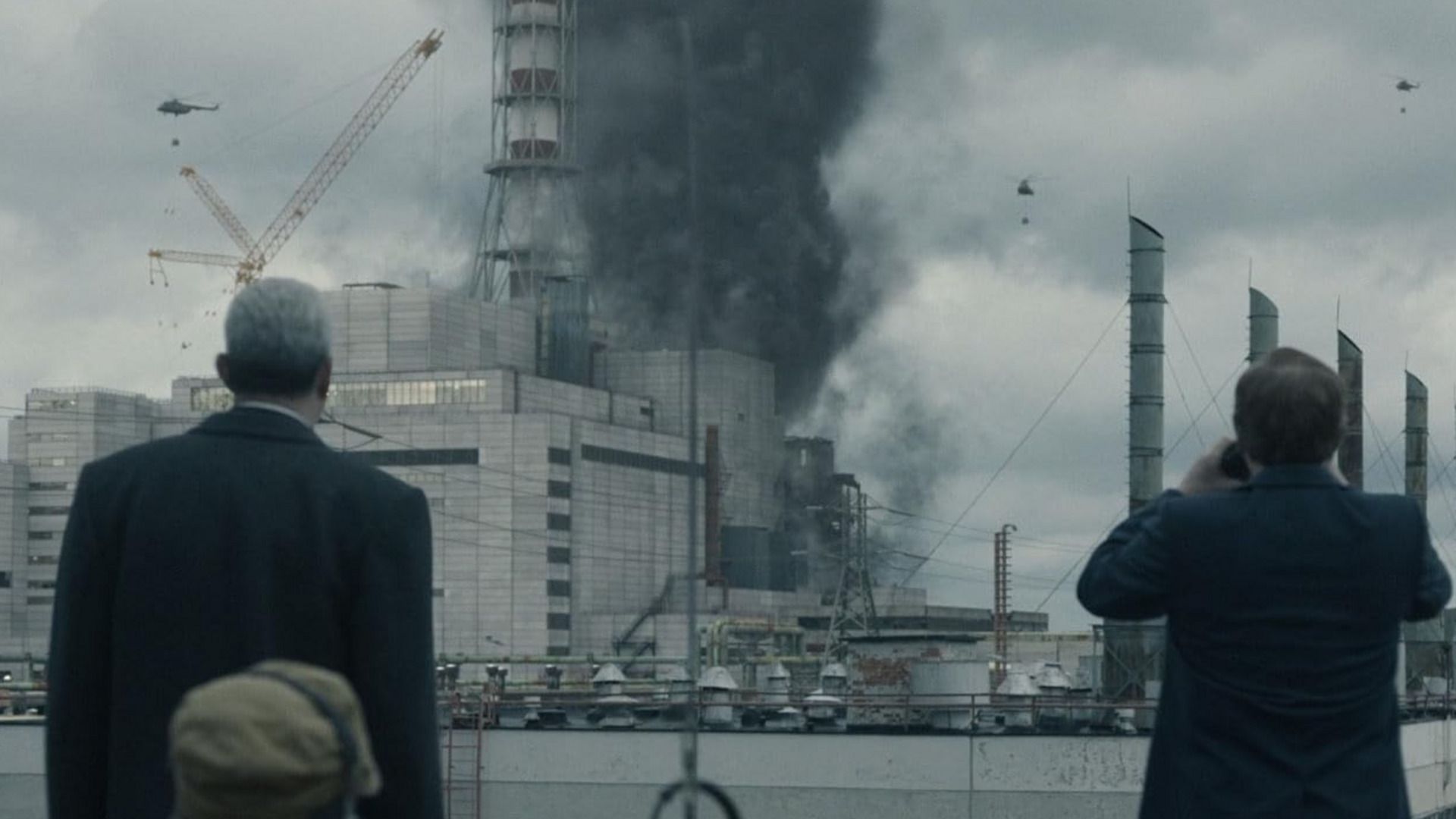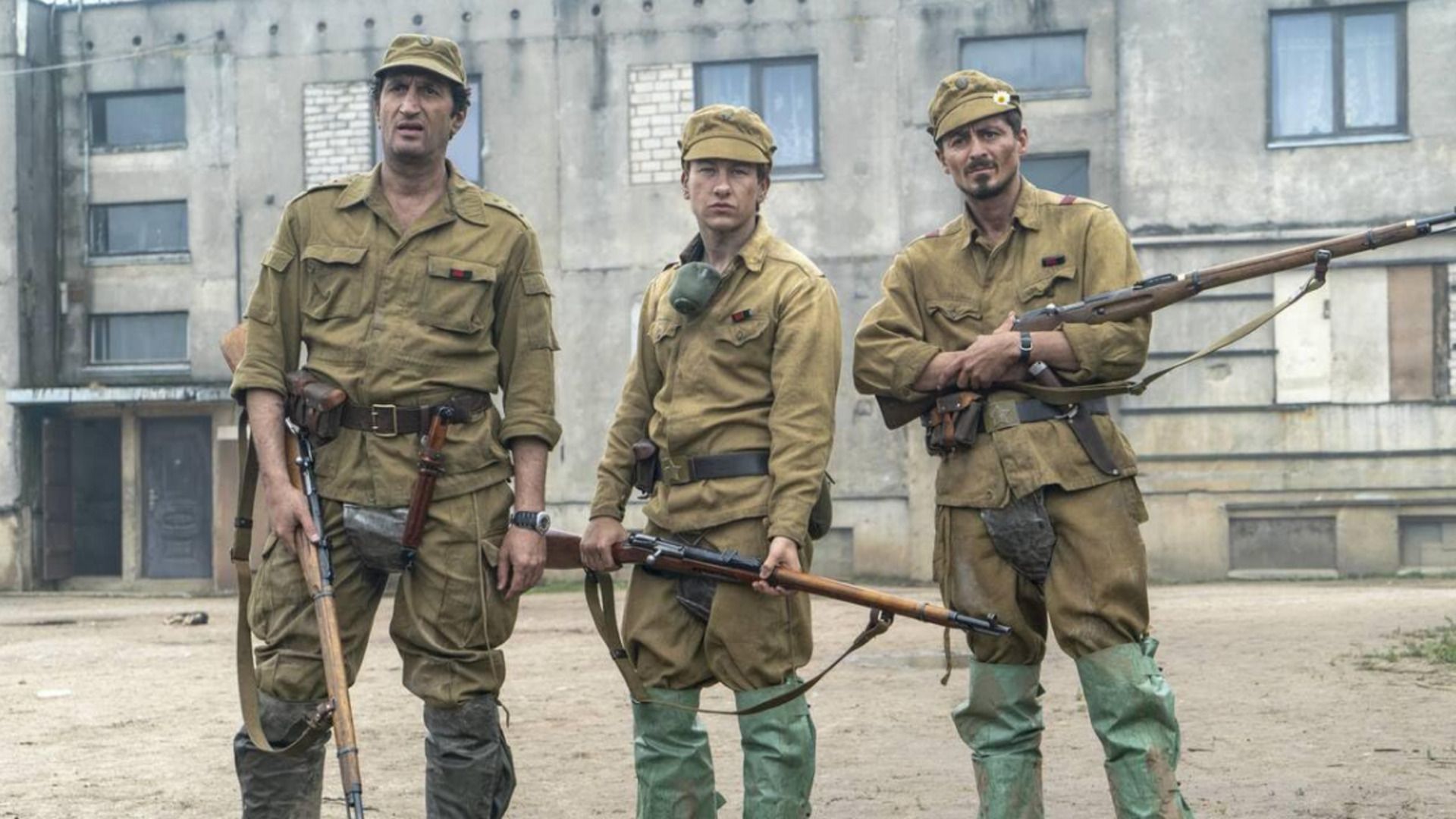This article contains spoilers for the 2019 HBO miniseries Chernobyl.Created by Craig Mazin in 2019 for HBO, Chernobyl is one of the more haunting horror projects made in the last two decades. Though, you’d be hard-pressed to find anyone who deems it horror at all, despite utilizing the tropes of the genre better than most full-fledged horror flicks. Written by Mazin, and directed by filmmaking partner Johann Renck (the duo later collaborating on the more conventional HBO series The Last of Us), the sprawling five-and-a-half-hour-long TV series masterfully weaves in disparate, genre-defying storylines that give a broad but chilling glimpse into the impact of the explosion of Reactor #4.
An American production with British actors playing Slavs (don’t ask us why, we don’t get it either), Chernobyl dramatizes the April 1986 nuclear accident in northern Ukraine. Soviet leadership serves as the de facto villain, the socialist state’s hierarchies never built to be questioned, let alone countermanded. Our protagonist, Valery Legasov (Jared Harris perfectly cast as the pencil-pushing technocrat), bumps heads with his rival, Soviet Central Committee member Boris Shcherbina (Stellan Skarsgård) in a bid to convince him that Uranium 235 is a force greater than even Karl Marx.
Many of the science-run-amok elements found here are oddly reminiscent of classic horror, whether that’s by design — Emily Watson’s stock scientist character delivering much of the expository dialogue as we’d expect. The difference here is, there is no reassuring sense of fantasy as in Scanners or the goofy sci-fi babble of Independence Day. Each chapter of the miniseries jumps from different perspectives, one moment eavesdropping in on a doomed romance, and the next showcasing men in lead jockstraps shooting radioactive pets. Far more than a disaster movie, Chernobyl is a fable exploring how our best intentions can warp technological miracles into our worst nightmares.
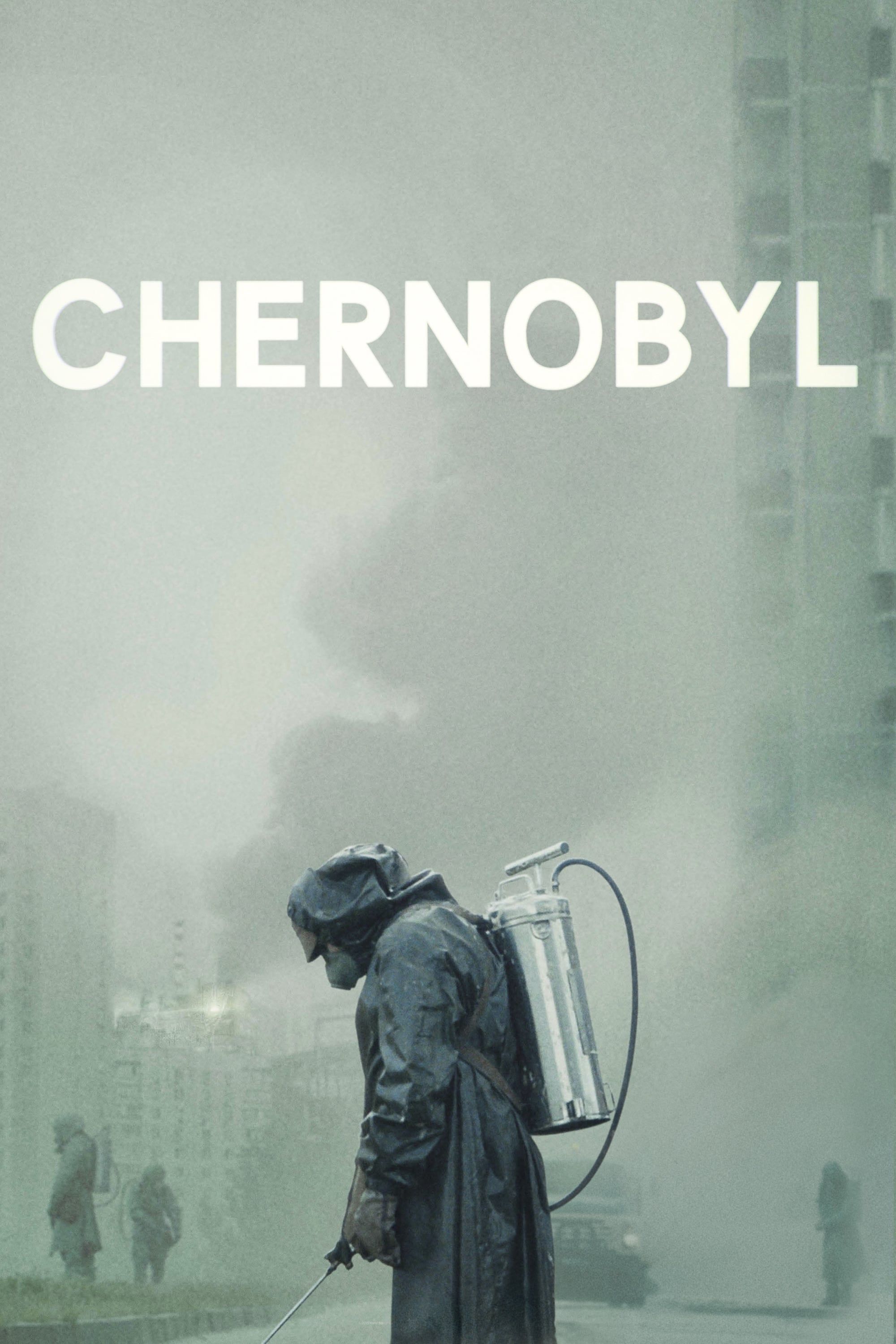
- Release Date
- 2019-05-00
- Seasons
- 1
An Epic Tale with a Deceptively Anti-Climactic Finale
Mazin astutely plays with the overarching motif of contamination and decay (both in the biological and atomic sense), the chain of events that led up to the slipshod RBMK reactor beginning a decade earlier when design flaws were covered up. Like the gelatinous power plant core seeping into the basement, the bureaucratic reaction is a cascade effect of innumerable small mistakes. Seemingly everyone in a position of power connected with the reactor bears some culpability. The most knowledgeable people are tolerated but continuously sabotaged, based on the logic that “naive idiots are not a threat” to the state.
The miniseries is not entirely truthful, taking some liberties. Watson’s character, Ulana Khomyuk, as The New Yorker notes, is likely drawn from many of the interviews from Svetlana Alexievich’s non-fiction account of the ordeal, Voices from Chernobyl. The Khomyuk character mostly sets up the last episode, easily the weakest part of the whole. It is a foregone conclusion from the onset of the first hour in the five-part series that Chief Engineer Dyatlov (played by Paul Ritter) is the designated scapegoat of the tragedy.
As a KGB man informs the scientist put in charge of the investigation, “We’ll have our villains, we’ll have our hero, we’ll have our truth.” The four preceding installments are so devastating that this is a classic case of the ending being unable to surpass the sheer intensity of the build-up, the show trial in Episode 5 is banal and perfunctory, as political theater tends to be.
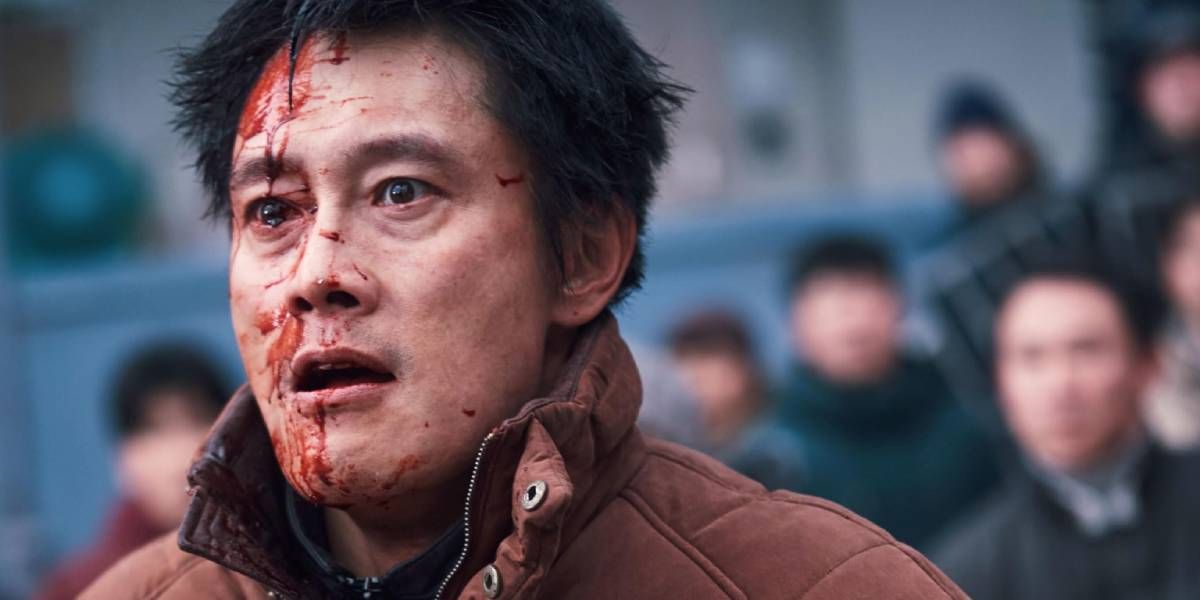
Related
Concrete Utopia Review: South Korea’s Dystopian Oscar Entry Trumps Most Other Disaster Films
Um Tae-hwa’s new psychological thriller may just leave you hopeless for the future, but it’s undoubtedly a powerful statement on mankind’s bad side.
‘Chernobyl,’ an Unexpected Homage to Classic Horror
On the surface, it doesn’t look much like Godzilla at all, but the smoking ruins are familiar enough, and so is the the underlying message. Our protagonist, played by Harris, states that Chernobyl’s molten core grows more dangerous with every bucket of water dumped on it, unable to be “extinguished” for all intents and purposes, echoing Godzilla’s invulnerability to conventional weapons. Meanwhile, Stellan Skarsgård conveys the oppressive burden of a good man locked in a rotten system, tasked with saving face first and saving the nation from destruction second.
If you’ve ever seen a disaster film, you can predict his character arc pretty quickly, the USSR’s all-powerful Central Committee looking to sweep the calamity under the rug as quickly and neatly as possible as to not interfere with the upcoming May Day holiday festivities. If that sounds suspiciously close to the Jaws plot, you’re not insane. The only thing missing is Gorbachev in a pastel suit embroidered with anchors. However, as Mazin explained to Vice in 2019, it was never intended to be anything but a political docudrama:
“…the Soviet system was essentially an enormous monument to the useful lie. They made lying an art: They lied to each other, they lied to the people above them, they lied to the people below them, and they did it out of a sense of survival. Ultimately, it just became expected, and the truth was debased.”
Politics is not what makes this worth watching. Whereas the original Toho Godzilla was made ridiculous to not terrify the populace too much or soften its anti-atomic stance, Mazin communicates nuclear hazards in a much more subtle and therefore unsettling way. Birds drop from the sky, and eerie blue lights flicker like the aura borealis. In the end, human remains are treated no differently to contaminated cabbage or industrial debris, sealed up in a lead box or buried in a concrete sarcophagus. You can breathe a sigh of relief after viewing a Guillermo Del Toro fever dream, because in the end, that’s all it is, a movie.
This miniseries is chock-full of understated moments that express the scope of the devastation. Abandoned dogs attempt to chase down their owners being abruptly evacuated in buses. A light gust of ionized wind shorts out a million-dollar Red Army helicopter’s circuits in seconds. An ill-advised lovers’ embrace transmits radiation to a fetus, absorbing the mother’s radiation dose, leaving the mother completely alone and forced to live with the guilt of killing her child — a thought so repulsive it renders David Cronenberg’s creepiest set pieces rather quaint in comparison.
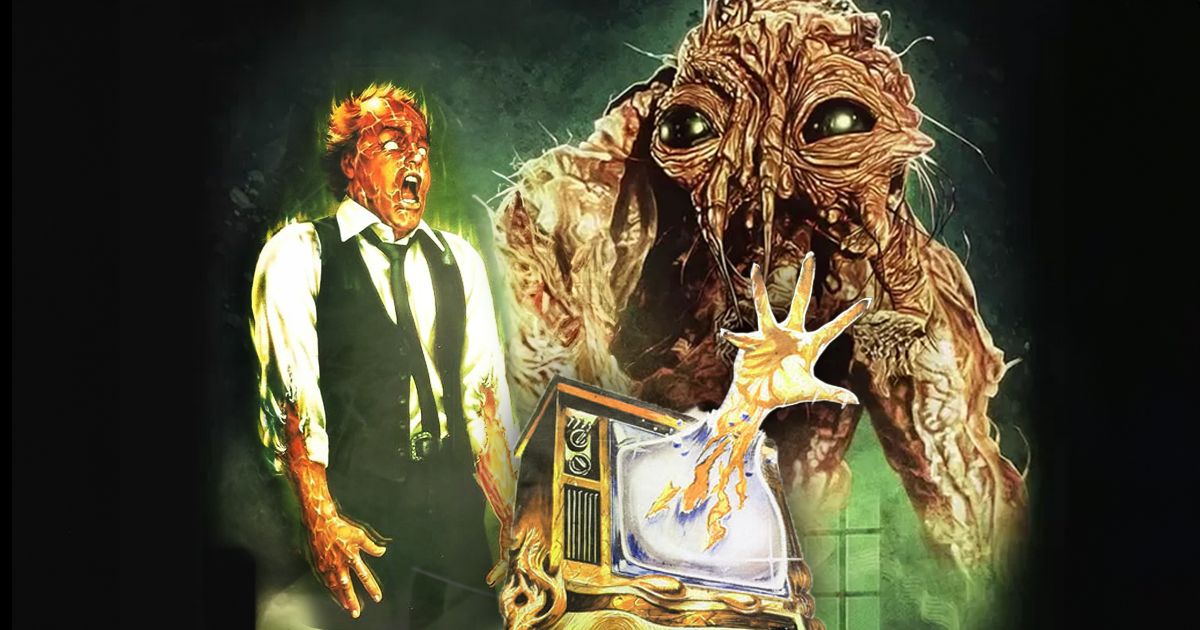
Related
10 Most Gruesome Scenes in David Cronenberg Movies
David Cronenberg is known as the master of body horror, and his movies deliver some of the most gruesome scenes ever captured on-screen.
Equal Parts ‘Frankenstein’ and ‘Oppenheimer’
There’s a bleak irony that the catalyst for the Chernobyl incident was a botched mandatory safety test. Through a sequence of miscalculations by the chief engineer who wasn’t fully aware of the reactor’s limitations, an explosion was triggered. Subsequent emissions sent lethal volumes of strontium, cesium, plutonium, and iodine into the atmosphere. The Soviet Union, a nation built on the worship of logic and order, elevated engineers to positions of great political power, the populace in blissful ignorance. Nowhere is this illustrated better than the “Bridge of Death” scene in which townspeople gather on a nearby bridge catch a glimpse of the beautiful colors of the explosion as their children play in deadly plumes of soot, all based on a real occurrence that night.
Pripyat is fated to status as a ghost town, occupied only by roaming soldiers. Barry Keoghan makes a brief but extremely memorable cameo as one of the hapless soldiers mopping up the mess as they grapple with their conscience. Animal lovers, you might want to skip this episode. The main “monster,” if you will, of the first four episodes are lumps of graphite, ejected outside the reactor chamber. Workers march orderly to their demise, allotted ninety seconds of exposure max as they suffer panic attacks at the mere sight of nondescript black rocks. The roof of the Chernobyl reactor is referred to as the most dangerous spot on the planet, literally destroying DNA.
The brightest minds, bravest men, and most sophisticated machines available are embarassingly feeble when pitted against a gamma-ray spewing hunk of trash. For those turned off by dry historical dramas or insipid disaster films, Chernobyl is your gateway. But you had better have a strong stomach.

